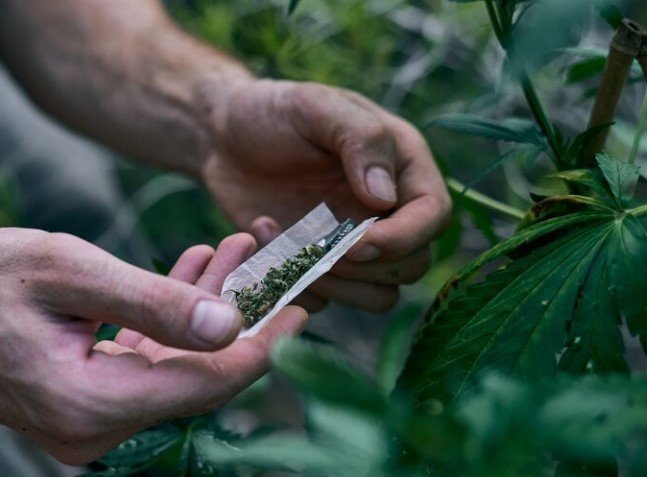Aspiring cannabis entrepreneurs in Minnesota face a rocky start to 2025. Instead of prepping for a market launch, they are left dealing with delays and uncertainty surrounding the rollout of adult-use marijuana licenses. While setbacks frustrate many, there’s optimism about the long-term potential of a burgeoning market expected to take off in 2026.
Delayed Launch and Its Ripple Effects
The initial enthusiasm for Minnesota’s cannabis market hit a roadblock late last year when a district court issued a stay on the preapproval lottery for licenses, originally set for November 2024. The Office of Cannabis Management (OCM) subsequently scrapped the preapproval process entirely, citing the need for revisions. This sudden shift threw applicants—especially those in capped-license categories—into a whirlpool of uncertainty.
Attorney Leili Fatehi of Blunt Strategies highlights the toll this has taken. “For those who were on track for preapproval, the delay is more than just frustrating—it’s a financial setback,” she explains. Many had already invested heavily in their bids, only to find themselves back in the lottery with a larger pool of competitors.
Adding to the challenge, businesses must now grapple with monthly operational costs while generating no revenue. Fatehi warns, “Some won’t survive. It’s just the reality when capital runs thin.”

Microbusinesses: A Silver Lining?
While most license categories are locked in a state of limbo, microbusinesses represent a glimmer of hope. These licenses, uncapped and exempt from the lottery process, could provide a pathway for smaller players to enter the market sooner.
OCM plans to issue these licenses after finalizing rules—possibly by mid-2024. Fatehi believes microbusinesses will play a critical role in stabilizing supply, at least temporarily. However, she is cautious about their capacity to meet market demand. “Microbusinesses alone can’t fill the gap,” she says, underscoring the need for broader participation from other license categories.
Two Native American tribes with existing vertically integrated cannabis operations may also help mitigate supply shortages, further fueling optimism for the market’s foundational years.
Financial Strain and Missed Opportunities
The financial strain is particularly harsh for businesses that geared up for the original timeline. Entrepreneurs who spent significant sums on applications, property leases, and compliance are now scrambling to adjust.
Attorney Mitchel Chargo points out another layer of complexity: “Many applicants wonder if they can pivot to the microbusiness category if they fail to secure a spot in the lottery.” Unfortunately, regulatory guidelines remain unclear, leaving entrepreneurs in a precarious position.
Despite the challenges, some have managed to stay afloat by leveraging Minnesota’s thriving hemp-derived THC market. This interim strategy has kept a few ventures alive, though it’s not a viable solution for everyone.
Waiting on the Courts and Regulators
The coming months could bring clarity—or more confusion. The Minnesota Court of Appeals is set to rule on whether the stay on the preapproval lottery will be lifted. Plaintiffs in the case argue that reviving the lottery is essential for capped-license applicants to secure funding and finalize business preparations.
Meanwhile, stakeholders are urging the OCM to expedite rule-making and provide definitive timelines. Chargo emphasizes the importance of clear communication: “Businesses need dates. They need to know when they can apply, plan, and move forward.”
What’s Next for Minnesota’s Cannabis Market?
For now, patience is the name of the game. The OCM estimates that permits for capped-license categories could be issued by mid-2024, paving the way for a 2026 market launch. But much depends on how quickly regulators can finalize rules and resolve lingering legal disputes.
Optimists like Fatehi believe that despite the delays, Minnesota’s cannabis market is set for long-term success. “We have a unified vision among legislators, regulators, and industry leaders,” she says. This alignment, she argues, will ultimately create a market built on strong foundations.
Still, the question remains: Can Minnesota’s would-be cannabis entrepreneurs weather the storm long enough to see it through?
